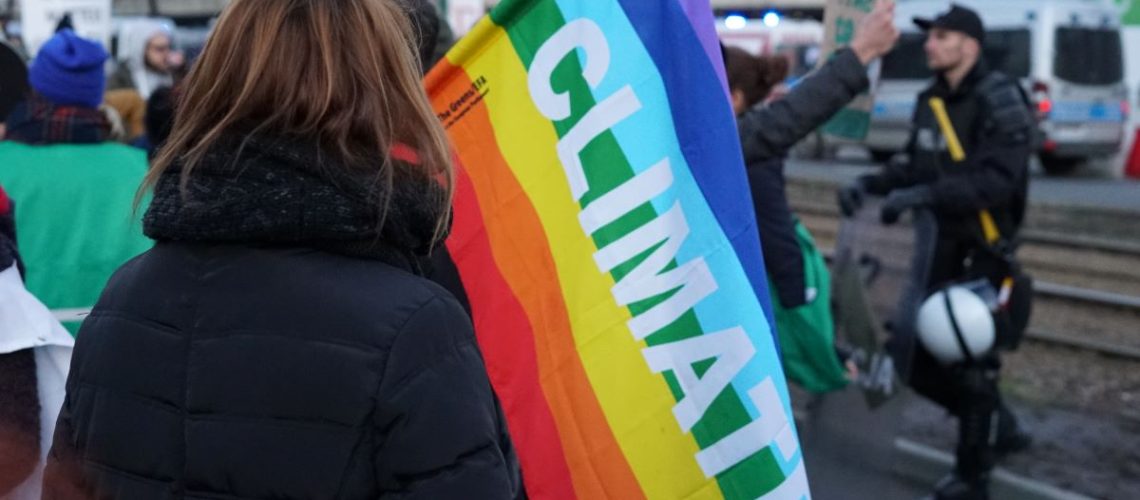We all know climate change is looming large, promising to reshape our world with its rising seas and raging storms. But have you ever paused to consider who might bear the brunt of these changes most severely? Surprisingly, the LGBTQ+ community is positioned to face disproportionate challenges.
Mapping the Hotspots
The LGBTQ+ community, particularly those in same-sex relationships, often reside in geographic and social hotspots of climate disaster. It might sound improbable, but the correlation between where LGBTQ+ populations live and their vulnerability to climate change is backed by hard data. For instance, Washington, D.C., with the highest proportion of same-sex couples of any U.S. county, also registers alarmingly high on various climate risk metrics—97th percentile for heatwaves, 95th for flooding, and 98th for strong winds.
Detailed Risks and Data Dive
Research from the Williams Institute elaborates on how these demographic details translate into tangible risks. For instance, same-sex couples are not just living in high-risk areas; they are overrepresented in regions that are hit repeatedly by climate-induced calamities. This isn’t just about being in the wrong place at the wrong time; it’s about consistently finding oneself on the front lines of climate impacts without the robust support systems that others might expect. In these areas, infrastructure is often not built to withstand the increased frequency and severity of weather events, a double jeopardy that combines high exposure with low resilience.
Moreover, the research points out that these vulnerabilities are exacerbated by what they term ‘minority stress’—the chronic social stress faced by minority groups. This stress is compounded by the institutional neglect and systemic barriers that often characterize the areas where many LGBTQ+ individuals live, which are also regions that tend to have outdated or insufficiently maintained infrastructure.
Financial Fragility Meets Environmental Hazard
Economic stability can often be the first line of defense against climate disasters. However, many in the LGBTQ+ community navigate these crises from a financially precarious position. The community’s poverty rate is strikingly high at 21.6%, with the stakes even higher among its BIPOC members.
This economic vulnerability is compounded by a higher likelihood of homelessness, particularly among LGBTQ+ youth, who are 120% more likely to experience housing instability than their heterosexual peers. This isn’t just a statistic; it’s a day-to-day reality that worsens when climate calamities strike, turning precarious living situations into emergencies.
When Aid Misses the Mark
Imagine facing a climate disaster, and the emergency response system doesn’t recognize your family structure or discriminate against your community. This is a reality for many LGBTQ+ individuals, where systemic biases skew the distribution of aid.
Such disparities are not just bureaucratic oversights but can be life-threatening during crises, leaving those most in need without necessary support.
Policy Progress and What Lies Ahead
The good news? Policy landscapes are beginning to shift. Recent inclusions of LGBTQ+ concerns in national climate assessments signify a burgeoning recognition of these specific vulnerabilities, setting a precedent for more inclusive future policies.
In a world where climate threats are becoming the norm, considerations need to be made regarding those set to be hit hardest.
Featured Image Credit: Shutterstock / SARATSTOCK.
The images used are for illustrative purposes only and may not represent the actual people or places mentioned in the article.
For transparency, this content was partly developed with AI assistance and carefully curated by an experienced editor to be informative and ensure accuracy.

